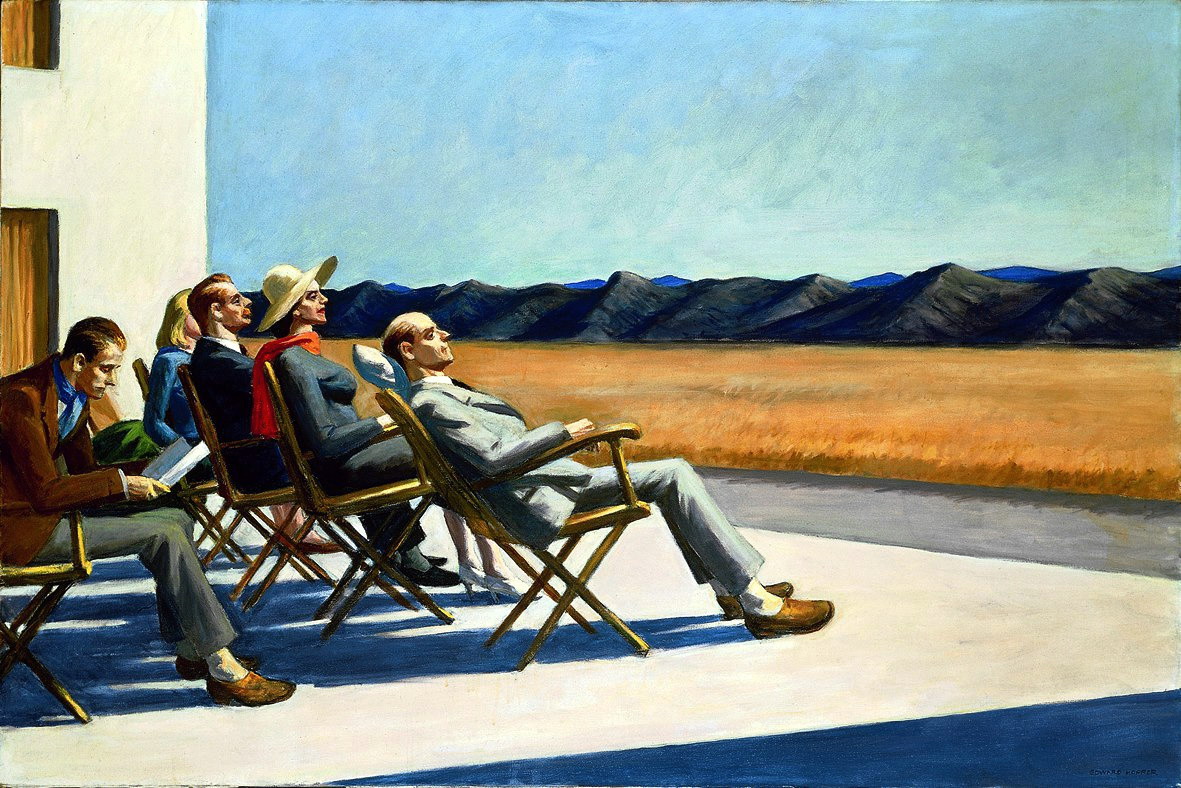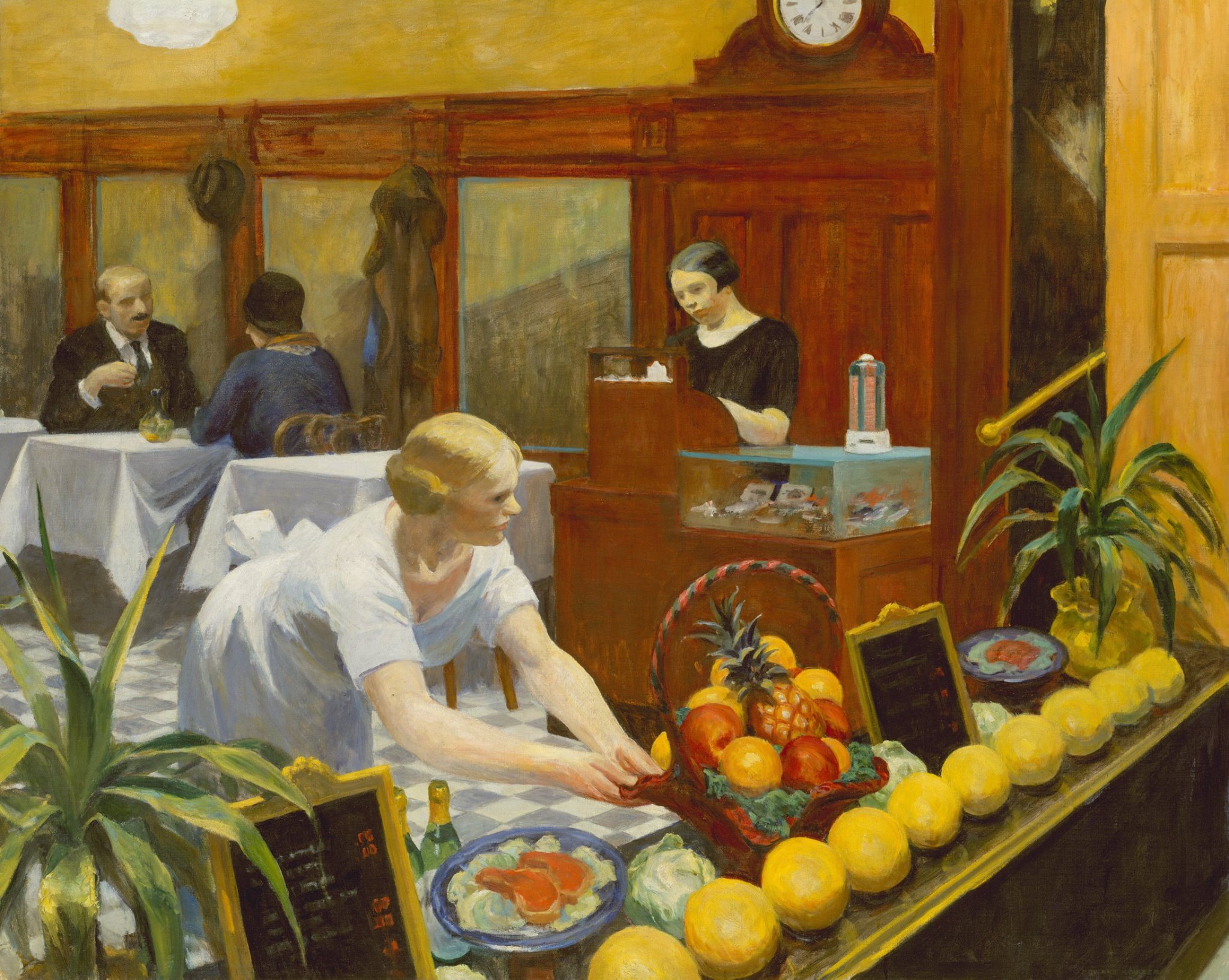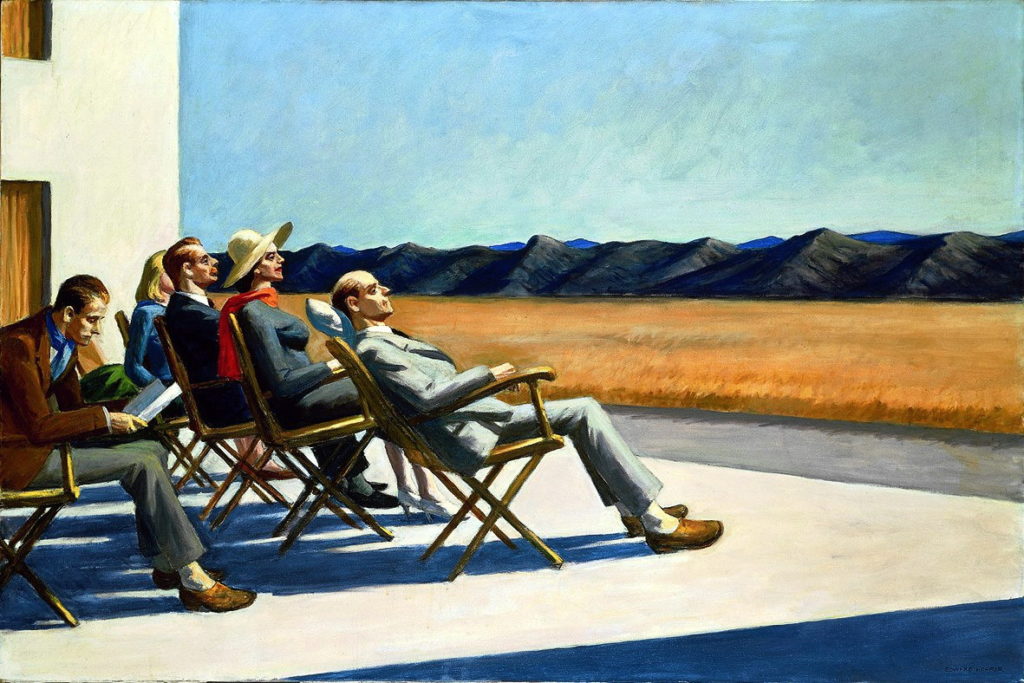With the dream of becoming an artist since he was a child, Edward Hopper has had ups and downs throughout his career but has come to be proud of having made it. Let’s find out the story of the great realist painter and his path to success.
Who was Edward Hopper
Edward Hopper (Nyack, July 22, 1882 – Manhattan, May 15, 1967) was an American painter. He grows up in a small town near New York with his parents, owners of a fabric shop that allows the child to live a childhood in comfort. Just five years old proves to be very good at drawing and so, with the encouragement of his parents, he does not abandon art, neither from the theoretical nor from the practical point of view.
In fact, in 1899 he enrolled in the New York School of Illustrating to follow a course and then to New York School of Art where he meets many of his future colleagues.
Surely the most influential figure on his artistic production is the director of the school, William Meritt Chase, who spurs him on to a continuous study. Also fundamental is the figure of Robert Genri who brings him closer to realism and the Ashcan School.
Once finished his studies, however, he decides to start and so in 1906 he arrived in Paris, ready to critically observe the great works of the Louvree in particular of the gods impressionist painters. This experience allows him to return to the United States with a new vision and thus participates in a group exhibition in the Upper East Side, Manhattan.
Edward Hopper and travel to Europe

Including the value of the trips, he is ready to restart the following year to Berlin, London and Brussels, to then return again to Paris in 1909. In the French capital he follows his instinct by representing the landscapes of the city with what increasingly becomes his identity technique. Hopper refuses to enroll in a French art school or shut himself up in a large atelier because he claims it is throughtraining of the spirit of observation and practice that you understand how to get to people.
He also learns from his colleagues and in fact he owes Degas the knowledge of the use of light and shadow in his paintings which he perfects on his third trip to Paris. Create a link with the city and with the artists of previous generations such as Manet, Monet or Courbet almost anachronistic given the arrival of new painting techniques such as Fauvism or Cubism introduced by Pablo Picasso. This clear artistic identity she seems to be unrecognized upon her return to New York where she is unsuccessful.
Edward Hopper and American Realism

Within himself he will never betray the strong connection created with French history, but he is forced to adapt to American taste starting to represent urban images or landscapes typical of his country of origin. For a short time he also abandoned painting, to devote himself instead to the technique of engraving which also allowed him to better define his pictorial style. Adheres in 1918 to the “Whitney Studio Club” vital center for independent artists where he returns to re-propose French scenarios with the work “Sensation” inspired by the poetry of Arthur Rimbaud, this time under a different key, more tragic than the previous ones.
The long awaited arrives in 1924 turning point when he begins to exhibit some watercolors in a gallery in Massachusetts. An extremely happy period begins for him both on an artistic and personal level as he marries Josephine Verstille Nivison with whom he had shared the desks of the art school. Become a reference point for US realism and continues with the artistic production up to anticipate the pop art, in reality never really known.

